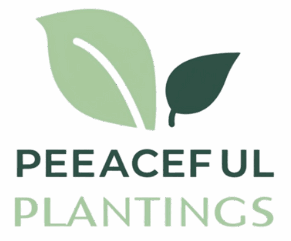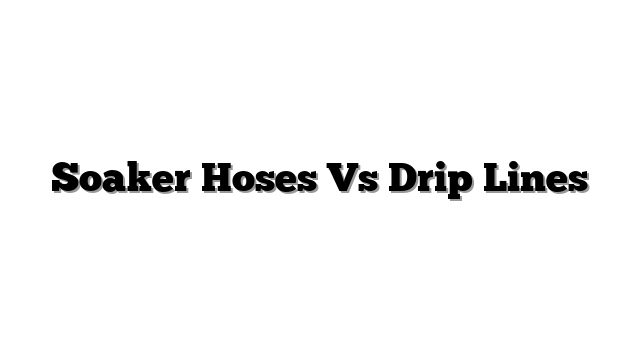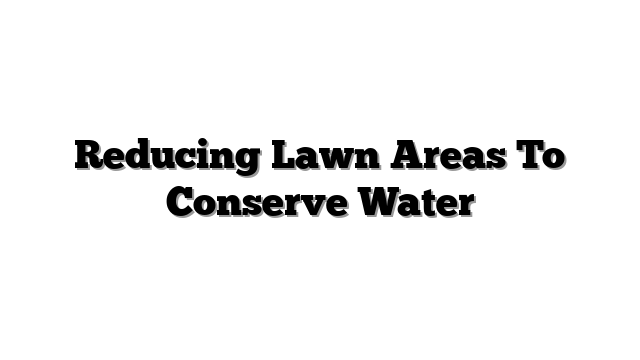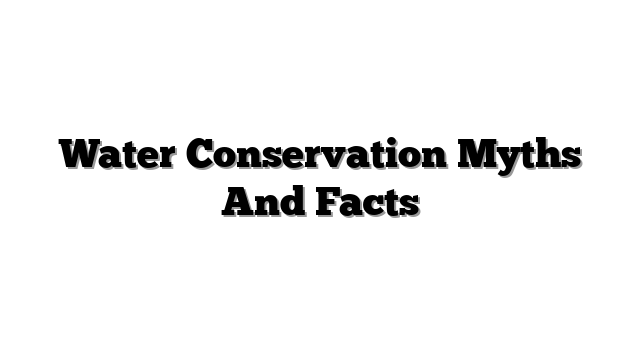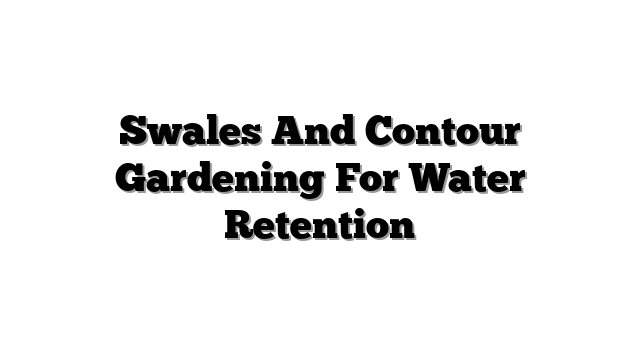Soaker Hoses Vs Drip Lines
Gardeners face a big problem. Watering takes lots of time. It wastes water too. Sprinklers soak leaves. Hand watering is slow. Plants get too much or too little water. Tired of dragging hoses? Frustrated by wilting plants? Watering feels hard sometimes. It is very important for plants. Healthy plants need good watering.
Efficient watering helps. It saves water. It saves your time. Two main ways exist. Soaker hoses are one. Drip lines are the other. Both water plants well. They water the soil directly. This article looks at both. We compare soaker hoses. We compare drip lines. You will see how they work. Find out good and bad points. Learn which system fits your garden. Make your plants happy. Save water too.
Soaker Hoses Explained
What is a soaker hose? Think of a leaky pipe. It is a flexible tube. It is made of rubber or plastic. Recycled materials are often used. Water comes out slowly. It “weeps” along its length.
How do they work? Connect the hose to water. Water fills the tube. It pushes through tiny holes. Water goes right into the soil. It reaches plant roots. It avoids plant leaves. This is good for plant health. Less water is lost to air.
Soaker hoses are simple. Lay them where you need water. Connect to a faucet. Turn on the water. Water slowly soaks the soil.
Soaker hoses have good points. Setting them up is easy. Just unroll the hose. Lay it next to plants. It costs less money at first. This is good for new gardeners. Or gardeners on a budget. They work well in straight lines. Think of rows of vegetables. Or a long hedge. Water spreads along the hose. This waters many plants at once.
But soaker hoses have downsides. They are not super precise. They water a line of soil. Not just one plant’s roots. Water pressure matters a lot. Too much pressure can burst them. Or make water uneven. A pressure part helps. It keeps water flow steady. Small holes can get blocked. Dirt or minerals cause clogs. Using a filter helps. Soaker hoses do not last forever. Sun and cold hurt them. Kinks damage them. You might buy new ones often. Maybe every few years. Water flow is not always even. It can be stronger near the faucet. The end of a long hose gets less water. They do not work well for curvy beds. Or scattered plants. Water spreads along the whole line. Weeds next to the hose get water too. They can grow big.
Soaker hoses work best here. Straight rows of vegetables. New hedges growing. Garden beds in a line.
Tips for using them. Lay the hose on the ground. Or put a little mulch over it. Mulch hides the hose. It keeps water in the soil. Always use a timer. Water at the right time. Use a pressure regulator. This protects the hose. Do not connect too many hoses. Water pressure drops. Keep runs shorter.
“Simple watering for simple gardens,” says one gardener. It is a good start.
A recent study looked at water use. Soakers saved water over sprinklers. But they needed careful setup. Using a timer was key.
Keywords for this part: Soaker hose watering. Installation tips. Pressure regulator. Water pressure. Cost comparison. System lifespan.
Drip Irrigation Systems Explained
What is drip irrigation? It is a water delivery network. It uses pipes and small tubes. Water drips out at specific spots. It goes right to plant roots.
How does it work? It starts at your water faucet. Water goes through parts. A part stops water backflow. A filter cleans the water. A pressure regulator lowers pressure. Then water enters bigger tubes. These are main lines. Smaller tubes branch off. These go to plants. Tiny pieces called emitters attach. Emitters drip water out. They put water right at the plant base. Slowly. Drop by drop.
Drip systems have many good points. They save lots of water. Water goes exactly where plants need it. Very little water is lost. It does not spray the air. It does not run off. This helps save water. It is water-wise gardening. It helps the earth. Drip is very precise. Emitters give a set amount of water. You can give plants different amounts. One plant needs more water. Another needs less. You can do that. The system changes for any garden shape. Straight rows work. Curvy beds work. Single pots work. Trees and bushes work. It is very flexible. Weeds do not like drip. Water only goes to your plants. Weeds between plants get no water. They do not grow as much. Drip helps plants stay healthy. Leaves stay dry. This stops some plant sicknesses. Like fungus. Roots grow deeper. They look for the water source. Drip works well on hills. Slow drips do not run down slopes.
Drip systems have downsides. They cost more money at first. Many parts are needed. Tubing, emitters, connectors. It takes more work to set up. You plan the layout. Cut the tubes. Add the parts. It can seem hard at first. Emitters can get blocked. Small bits in water cause clogs. A filter is a must-have. It needs specific parts. A filter is needed. A pressure regulator is needed. Finding problems is harder. A leak might be small. A clogged emitter stops water flow. You have to check closely.
Drip systems work best here. Mixed garden beds. Beds with curves. Pots on a patio. Trees and bushes. Garden beds with many different plants. Gardens on a slope.
Tips for using drip. Know the parts. Filter, regulator, tubes, emitters. Plan your system first. Draw your garden layout. Decide where plants need water. Use different emitters. Some drip faster. Some drip slower. Match emitters to plant needs.
“Drip is like giving each plant a drink,” says a landscape designer. It is very targeted.
A recent report studied garden watering. Drip systems used up to 50% less water. This was compared to sprinklers. Gardeners reported healthier plants.
Keywords for this part: Drip irrigation system. Efficient garden watering. System components. Filter. Emitters. Installation tips. Water conservation. Plant health. Weed growth. Container gardening. Tree watering. Shrub watering.
Comparing Performance and Efficiency
Let’s look at how they perform. Water saving is key. Drip is best here. It puts water right at the roots. Almost no water is lost. It helps us save water resources. This is important for gardening now. And in the future. Soakers save water too. They do better than sprinklers. But water can still evaporate. Especially if not covered. Uneven pressure wastes water too.
Healthy plants need good water. Both systems help roots grow deep. They water the root zone. Drip is better for plant health overall. It keeps leaves dry. This stops many plant diseases. Drip gives precise water amounts. You avoid giving too much. You avoid giving too little. Soakers water the soil surface along the line. This can make leaves wet. This can cause fungus. Soakers are less precise for different plants.
Think about weeds. Drip systems are great weed fighters. They only water your plants. Weeds between plants do not get water. They struggle to grow. Soakers water a path. Weeds on that path get water. They can grow well right there.
Garden shape matters. Drip is very flexible. It works for any design. Curvy paths. Scattered plants. Pots. Trees. Drip adapts easily. Soakers work best in straight lines. Rows. Hedges. They do not bend easily into shapes. They are not good for scattered plants.
Soil types affect watering. Clay soil holds water well. Water goes in slowly. Drip’s slow rate is good for clay. It stops water running off. Soakers might make puddles on clay. Sandy soil drains fast. Water moves down quickly. Drip puts water right at the root area. This helps water stay there longer. Soakers work on sand. They might need longer watering times. Water can drain away from the hose faster.
A study in 2023 tracked garden watering. Gardens using drip had less plant disease. They used much less water. Soaker gardens also used less water than sprinklers. But they had more weed problems.
“Drip gives you control,” says a soil scientist. “Soaker is simple coverage.”
Keywords for this part: Efficient garden watering. Water conservation. Water-wise gardening. Sustainable gardening. Plant health. Root systems. Fungal diseases. Overwatering. Underwatering. Plant stress. Weed growth. Garden layout. System design. Garden beds. Raised beds. Container gardening. Flower beds. Soil moisture. Landscape design.
Installation, Cost, and Maintenance
Setting up is different. Soakers are very easy. Unroll the hose. Connect it. Lay it down. It takes little time. It needs little skill. Drip takes more effort. You plan the layout first. You cut the tubes. You add connectors. You put in emitters. It takes more steps. It can feel harder for new gardeners.
Cost is a factor. Soaker hoses cost less to buy. The price per foot is low. This is the cheap way to start. But they do not last long. You might buy new ones often. This adds up. They can waste water if not used right. Water bills add up. Drip systems cost more at first. You buy many parts. Tubing, emitters, filters, regulators. It costs more to build. But they save lots of water. Your water bills go down. They last much longer. Quality parts last many years. The total cost over time can be less.
Both systems need care. Check them sometimes. Look for leaks. Look for kinks. Soakers can get clogged inside. Their little holes block up. Sun makes the rubber break down. They can get damaged easily. They need cleaning or replacing. Drip systems need filter cleaning. Clean the filter often. Emitters can clog too. A good filter helps a lot. You can flush the lines out. Sometimes emitters need replacing.
How long do they last? Soaker hoses last maybe 1 to 3 years. It depends on quality. Sun and weather matter. Drip systems last longer. Good parts last 5 to 10 years. Maybe even more. Taking care of them helps.
New technology helps watering. Both systems can use simple timers. Timers turn water on and off. Drip systems work well with smart timers. These timers use weather info. They check soil moisture. They know what plants you have. They water only when needed. This saves even more water. It is a big trend now. Smart drip watering is very efficient.
“Invest in good parts,” advises a gardening expert. “They last longer.”
A recent survey showed gardeners like smart watering. They said it saved time. It saved water too. Drip systems were easier to connect to smart controls.
Keywords for this part: Installation tips. Labor comparison. Cost comparison. System components. System lifespan. Water conservation. Garden maintenance. Filter. Emitters. Clogging. Winterizing irrigation. Smart irrigation controllers. Water-wise gardening.
Choosing the Right System
How do you choose? Think about your garden. What does it look like? Is it straight rows? Or curvy beds? Do you have pots? Do you have trees?
Think about your plants. Do they all need the same water? Or do some need more? Are they close together? Or spread out?
Think about your money. What can you spend now? Do you want to save money later? On water bills? On buying new hoses?
Think about setting it up. Do you want something very easy? Or are you okay with more steps? Do you have time to plan?
Think about your water. Where does your water come from? Is it clean? Does it have bits in it? What is the water pressure?
Think about your soil. Does water soak in fast? Or slow?
Consider your garden layout. Soaker hoses work well for straight lines. Vegetable rows like them. Hedges like them. Drip is better for other shapes. Flower beds. Mixed borders. Curvy beds. Drip fits anywhere.
Think about plant types. Drip is better for many different plants. You can give each plant what it needs. Soakers water a whole line. Good for plants needing the same water.
Think about containers. Pots dry out fast. Drip is perfect for pots. You can put an emitter in each pot. Water each one just right. Soakers are not good for pots.
Think about trees and bushes. Drip emitters work well near their roots. Soaker rings can work too. But drip is often more precise.
Think about plants near your house. Soakers work if they are in a line. Drip gives more control around buildings.
Ask yourself these questions. What is my garden shape? What do my plants need? How much money can I spend now? How much time do I have? Your answers point the way.
You can even use both systems. Soakers in your veggie patch. Drip in your flower beds. This uses the best of each system.
Using these systems helps the earth. You save water. This is smart gardening. It helps your plants. It helps the planet. Even plants that use less water, like native plants, need good watering when they are young. These systems help them start strong.
Make your watering better. Think about your garden. Choose the system that fits. Your plants will thank you. You will save time. You will save water.
Keywords for this part: Soaker Hoses vs. Drip Lines. Drip irrigation system. Soaker hose watering. Efficient garden watering. Landscape irrigation options. Plant watering methods. Sustainable gardening. Water-wise gardening. Native plants. Watering vegetable gardens. Flower beds. Garden beds. Raised beds. Container gardening. Tree watering. Shrub watering. Foundation planting.
Common Questions Asked
People ask many things. Which system is best for veggies? Soaker hoses are easy for rows. Drip is more precise. It helps with weeds too. Both work for watering vegetable gardens.
How deep does water go? It goes down into the soil. How deep depends on soil. It depends on how long you water. It depends on water flow. Both systems water roots deeply. They do it slowly. This is good for roots.
Can I use rain barrel water? Yes, you can. Rain barrels save water. You need a pump. Rain barrels have low pressure. A pump adds pressure. You MUST use a good filter. Rain barrel water has bits in it. The filter stops clogs. This is great for water conservation. It is sustainable gardening.
What water pressure is needed? Both need low pressure. About 10 to 25 PSI. City water is higher pressure. You need a pressure regulator. It lowers the pressure. This stops hoses from bursting. It makes drip emitters work right. It makes your system last longer.
How do I stop clogs? Use a filter. Drip systems need a filter most. Soakers should use one too. Clean the filter often. Run water through the lines sometimes. This flushes out bits. Choose emitters that resist clogging. Do not bury soakers too deep in fine dirt.
Keywords for this part: Watering vegetable gardens. Soaker Hoses vs. Drip Lines. Soil moisture. Root systems. Watering schedule. Water conservation. Sustainable gardening. Filter. Water pressure. Pressure regulator. Clogging. Garden maintenance. Emitters.
Think About This
We looked at two systems. Soaker hoses are simple tubes. They weep water along a line. Drip lines use tubes and emitters. They drip water at specific spots. Soakers cost less at first. They are easy to set up. Drip costs more initially. Setup takes more steps. Drip saves more water. It is more precise. It works in any garden shape. Soakers are best for straight rows. Drip is better for plant health. It reduces leaf wetness. Both water the root zone.
There is no one “best” system. The right choice is for YOUR garden. Think about your garden’s shape. Think about your plants. Think about your budget. Think about how much time you have.
Switching from old ways helps. You save water. You save time. Your plants grow better. These systems help with water-wise gardening. They help with sustainable gardening. They are a good choice for your garden’s future.
Ready to water smarter? Look at your garden today. Pick the system that helps it grow. Find guides on setting them up. Make your plants strong and healthy.
